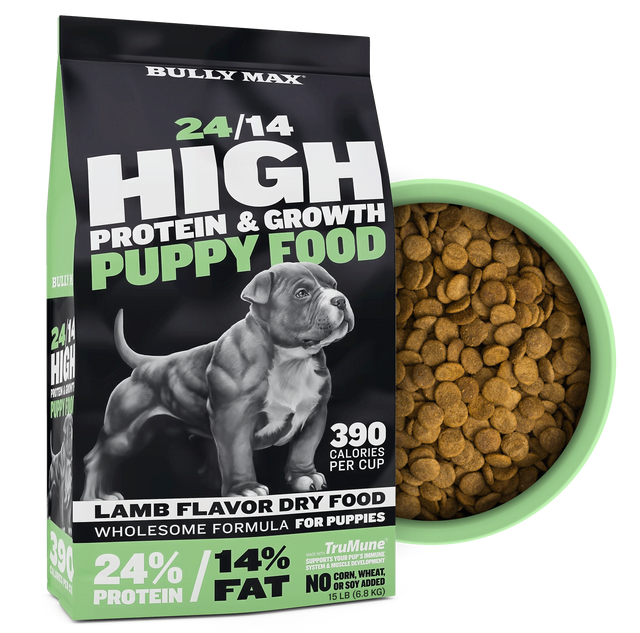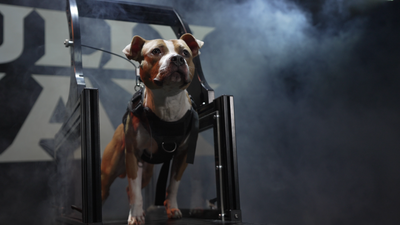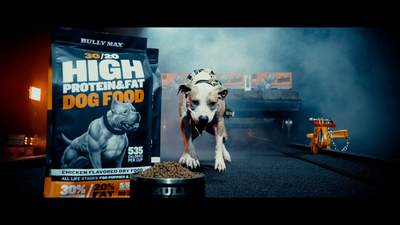How to Build a Cat Mill (Jenny Mill)

A jenny mill or cat mill is a large piece of exercise equipment providing friction free weight training for dogs.
The jenny mill resembles a miniature version of a horse walker. The dog is harnessed to one of three spokes that projects from a rotating center shaft. A lure is attached to a spoke just in front of the dog. The lure brings out the dog's natural prey drive and entices them to run on the track.
Many years ago, cats were placed in cages as a form of bait. This is how it how it got the name cat mill. We do not recommend using any form of live bait.
What are the benefits of using the jenny mill?
The benefits of exercising your dog on the jenny mill include better cardiovascular health, increased muscle build, and improved mental health.
It's an excellent tool for releasing pent up energy. Some of the unwanted behavior that is associated with pent up energy includes chewing on furniture, digging holes in the yard, excessive barking, jumping, and mouthing / play biting.
How to build a jenny mill / cat mill (Blueprints)
A car or truck rear end / axle is used for the rotating center shaft. This part can be found at your local junk yard, on craigslist, or on Ebay. We recommend finding a local source to avoid shipping costs.
A car rim or steel pipe is attached to the axle as a base for your spokes (2" square tubing).
Eye bolts are used on the ends of each spoke (For the lure, chains, and to attach the cable to the dog's harness).
Get all of the blueprints on one file
How to prepare the ground / track
By taking your time and prepare the track properly, you will avoid injuring your dog's pads.
Remove rocks, sticks, or any hard objects from the track.
Once the track has been cleared, spread hay over the surface. On top of the hay, spread cedar chips.
Preparing the track this way will provide the dog with a soft surface to run on with minimal strain on their joints.
If you want to upgrade to a premium surface, we recommend using rubber mulch as an alternative to the cedar chips.
The benefits of using a rubber mulch surface VS cedar chips:
- Provides a softer surface
- Does not attract termites
- Reduces weed and mold growth
- Provides excellent drainage
Best practices
- Do not use chains to harness your dog to the jenny mill. Chains can get tangled under the dog's legs and cause injury. Instead, use a cable with good elasticity.
- Keep your dog hydrated during exercise and follow up with a quality recovery meal.
- The location of the jenny mill should be in an area with excellent drainage. Ideally, it should be placed on a level surface on the top of a hill.
- By adding the hardware used on a traditional spring pole to the lure, the jenny mill can also act as a spring pole — Keep your dog attached to the jenny mill and give them the lure to pull on.
- After workouts, reward your dog by giving them the lure.
Can all breeds use the jenny mill?
Yes! As long as your dog shows willingness to play on flirt poles and spring poles, they will likely enjoy using the jenny mill as well.
What kind of lures can you use?
We recommend using cow hides for the lure. However, you can use just about any toy that your dog shows interest in.
To increase your dog’s interest in the lure you can use some of the tips seen here.
How often should you use it?
You can use the jenny mill 2-3 times per week.
Let your dog run until they show signs of exhaustion. On average, dogs in good health will run 5-10 minutes. When they’re tired, take them off of the jenny mill or give them the lure to tug on until their breathing returns to normal.
As your dog begins to build stamina, increase the length of their workout sessions to 15-20 minutes.
How old does my dog need to be in order to use the jenny mill?
The jenny mill should be used on dogs that are fully matured. Using the jenny mill on puppies can lead to injury and can affect their development. The best exercising tool for puppies is the flirt pole.











